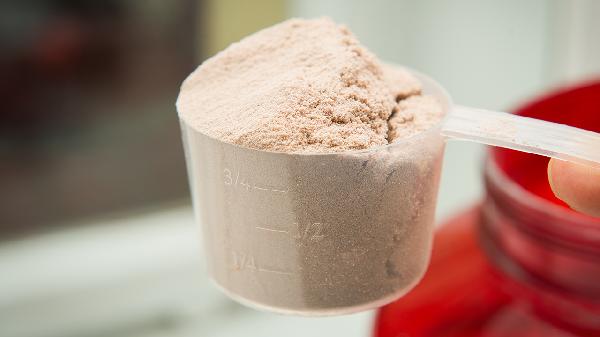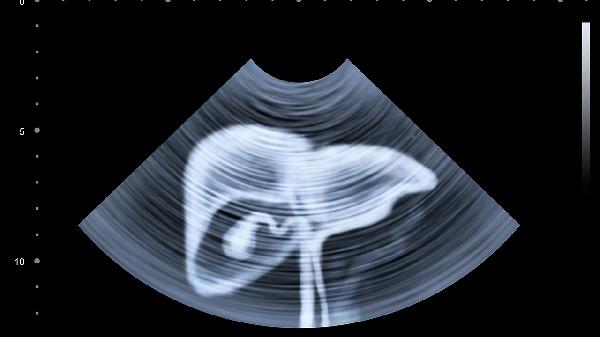If you're diving into zone training, the ideal heart rate depends on your fitness goals—whether you're aiming for fat burn, endurance, or peak performance. Generally, it's broken down into five zones, each targeting different energy systems. But don't stress—we'll break it all down so you can train smarter, not harder.

Heart rate zones are like gears in a car—each one serves a different purpose. Zone 1 (50-60% of max heart rate) is your recovery pace, perfect for active rest days. Zone 2 (60-70%) is where endurance athletes thrive, boosting aerobic capacity without frying their nervous system. Zone 3 (70-80%) is the sweet spot for improving stamina, while Zone 4 (80-90%) pushes you into anaerobic territory, great for speed work. Zone 5 (90-100%) is all-out effort, reserved for short bursts like sprints or HIIT finishers. Knowing which zone to target depends on whether you're building a base, prepping for a race, or just trying to torch calories efficiently.
Forget the old "220 minus your age" formula—it's outdated and often inaccurate. Instead, try a field test: after a proper warm-up, sprint all-out for 2-3 minutes, then check your heart rate monitor for the highest number hit. That’s your max. If you don’t want to gas yourself, a lactate threshold test (available at some sports labs) gives even more precise data. Once you’ve got your max, calculating zones is a breeze—just apply the percentages based on your training focus.
Training in specific heart rate zones prevents you from just "working out" blindly—it turns exercise into a strategic tool. Spending too much time in Zone 4 or 5? You’ll burn out fast. Stuck in Zone 2 forever? Progress stalls. Balancing zones ensures you build endurance, speed, and recovery in harmony. Plus, tracking heart rate helps avoid overtraining, since a spiking resting heart rate can signal fatigue before you even feel it. It’s like having a built-in coach telling you when to push and when to chill.
Want to lose weight? Zone 2 is your best friend—it optimizes fat burn without spiking hunger hormones. Training for a marathon? You’ll live in Zones 2 and 3 most of the time, with occasional dips into Zone 4 for race-pace prep. If you’re after explosive power (think CrossFit or sprinting), Zones 4 and 5 will dominate your workouts. The key is periodization—cycling through different zones weekly or monthly to keep your body adapting. No single zone is "best"—it’s about matching intensity to purpose.
A chest-strap monitor (like Polar or Garmin) beats wrist-based optical sensors for accuracy, especially during high-intensity intervals. Apps like TrainingPeaks or Whoop analyze your data over time, spotting trends like declining recovery scores or improving aerobic efficiency. Some smart treadmills and bikes even auto-adjust resistance to keep you in the right zone. But don’t over-rely on gadgets—learning to gauge effort by perceived exertion (like the "talk test") keeps you tuned in to your body’s signals too.
Zone training isn’t just for elite athletes—it’s a game-changer for anyone who wants to train with intention. Dialing in your ideal heart rate turns guesswork into precision, helping you hit goals faster while avoiding burnout. So strap on a monitor, find your zones, and get ready to unlock next-level fitness.
























